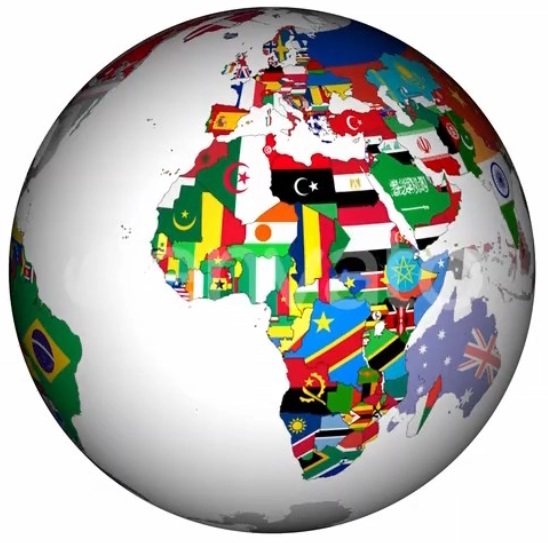Artificial intelligence (AI) has infiltrated numerous aspects of our lives in recent years, thanks to improvements in the field of machine learning, where computers program themselves.
Machine translation is the translation made by a computer, with no human involvement. Pioneered in the 1950s, machine translation can also be referred to as automated translation, automatic or instant translation. What is its real performance at present?
Google Translate wants to make the camera translation feature more usable
Nowadays, professional translation services have taken the job of translating a wide range of documents. However, for the last few years, machine translation has become quite popular. Google real-time translation is quite a popular service and it is widely used to translate content in foreign languages, at an understandable level.
The new languages supported in the Google Real-Time update include Afrikaans, Arabic, Bengali, Estonian, Greek, Hindi, Igbo, Javanese, Kurdish, Latin, Latvian, Malay, Mongolian, Nepali, Pashto, Persian, Samoan, Sesotho, Slovenian, Swahili, Thai, Vietnamese, Welsh, Xhosa, Yoruba and Zulu.
At the base of the new model is an artificial intelligence algorithm that uses what Google calls “neural machine translation” – an automatic translation made through a neural network.
The updated version of Google Real-Time translation headphones will also automatically detect the language, which is helpful if you’re travelling in a region where multiple languages are common.
AI translation has its limitations
As technology becomes more intelligent and errors decrease during the next decade, some important limitations will remain in place. That’s why some experts believe that professional translators will always have an important role to play when it comes to translation. Although artificial intelligence is expected to dominate in the future, it cannot translate tone, emotion and culture.
The problem is that no application or software can understand the subtleties of each language.
AI doesn’t have a big sense of humour
Any translator will tell you that jokes, puns and sly innuendo (as well as nuanced cultural references) are among the hardest bits to get over the language barrier. Bur without them, our quality of expression becomes much poorer. From a professional translator’s point of view, the voice tone and body language also directly inform a speaker’s intent and have to be accurately analyzed and conveyed in the target language as well.
Is there an artificially intelligent future for translation?
Computer-assisted translation tools are already widely used among non-professional text translators, and while many bristle at the suggestion, no doubt simultaneous translators could benefit from some combination of speech recognition and translation memory technology. But for now, these tools would serve as a compliment, not an alternative, to human output.
If you want a genuine translation, the one which accurately translates the language, feelings, tone and style, trusts the human translators. A professional translation agency can help you translate your document for effective communication.











